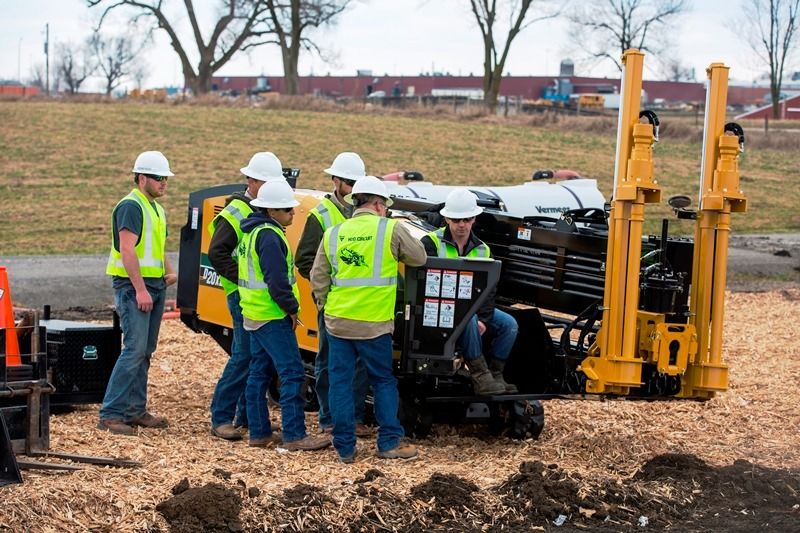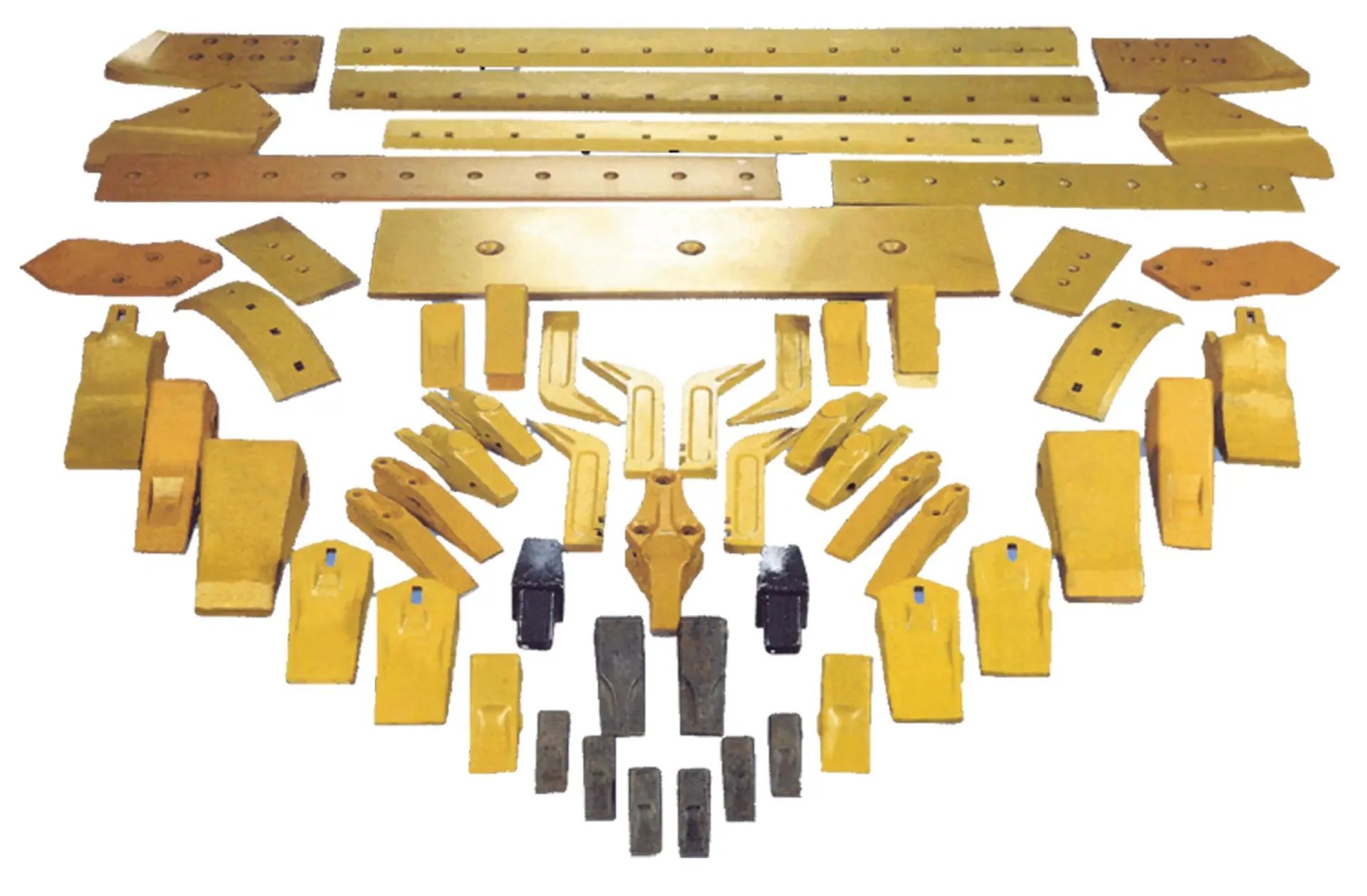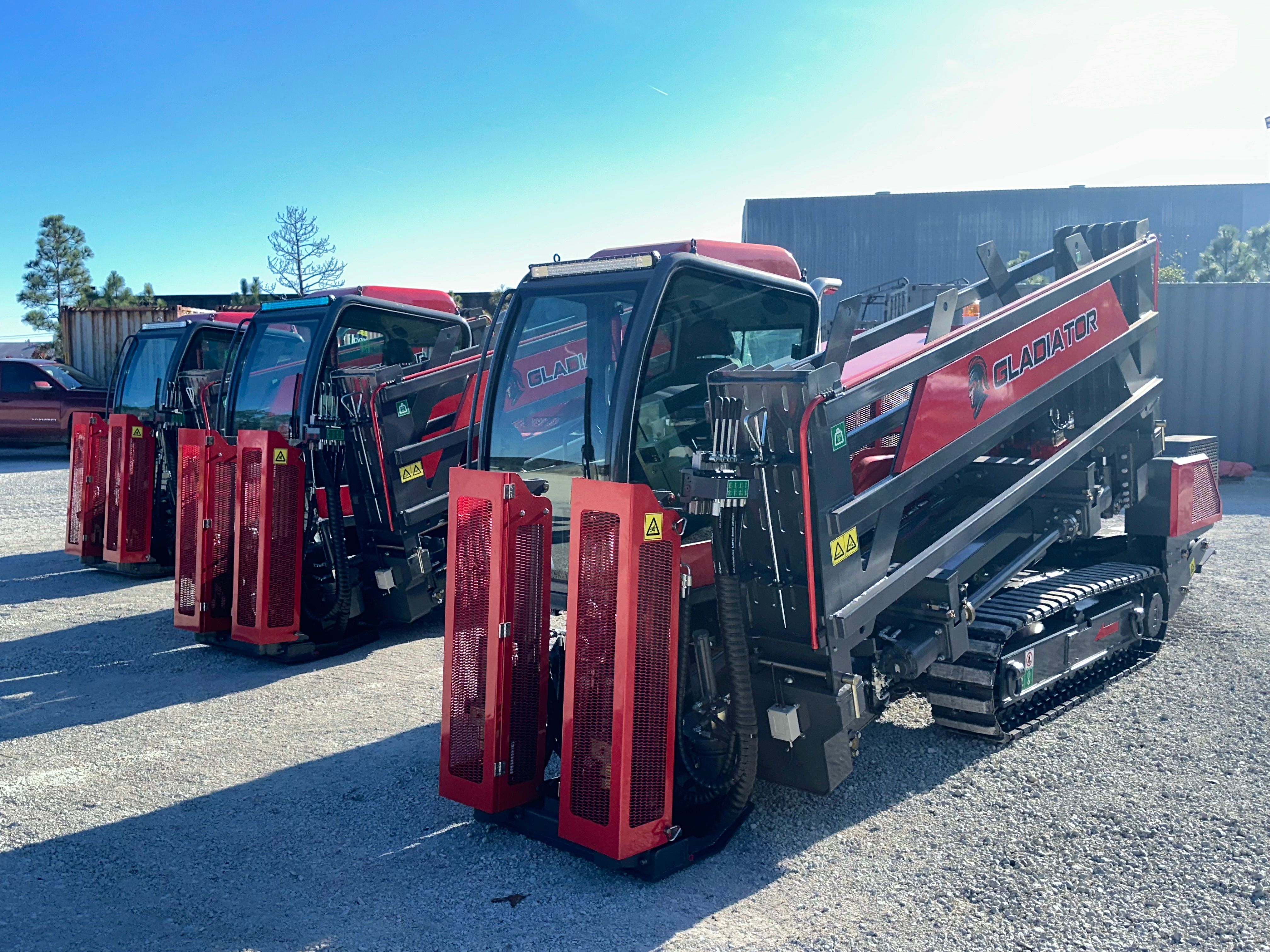Hitting a utility line is one of the costliest and most dangerous mistakes on a job site. Whether it’s a fiber optic cable, water line, or gas main, even a small strike can mean delays, repairs, and safety hazards. That’s why more contractors are switching to vacuum excavation for potholing and locating.
Unlike mechanical digging, vacuum excavation uses air or water to loosen soil, then a vacuum system to safely remove it. It’s a cleaner, more controlled process that exposes underground utilities with less chance of damage.
Here are three ways it reduces risk and improves safety.
1. Minimizes Physical Contact with Utilities
Traditional digging tools like backhoes, trenchers, or hand shovels—create direct contact between steel and whatever’s underground. That’s how most strikes happen. A blade hits a cable or a shovel clips a plastic line. Even careful operators can’t always see what’s below.
Vacuum excavation removes this contact almost entirely.
- Water or air is used to loosen the soil
- The vacuum hose pulls it away without touching buried lines
- Exposed utilities are visible and intact before further digging begins
This low-impact approach is ideal when working near unknown or congested areas where maps may be outdated or incomplete.
2. Makes Potholing Safer and More Accurate
Before starting a bore or trench, locating existing lines is a must. Potholing—digging small test holes to expose and verify utility depth is a standard step. But doing it with manual tools still leaves room for error.
Vacuum excavation improves potholing in three ways:
- It creates a precise hole around the utility
- There’s no risk of striking the line as you dig
- It works in tight spaces where large equipment can’t reach
This is especially helpful for projects involving directional drilling, where knowing the exact depth and offset of each utility is critical.
3. Reduces Fire, Shock, and Rupture Hazards
When a gas line is punctured or a live electrical line is damaged, the danger goes well beyond repair costs. Fire, electrocution, and even explosions can happen in seconds.
Because vacuum excavation doesn’t use metal blades or striking tools, it avoids the friction or impact that can trigger these risks.
- Gas lines stay sealed during exposure
- Electrical conduits are uncovered without abrasions
- Fiber cables are revealed without tension or tearing
Less force means fewer failures, and a safer site for everyone involved.
Recap: Why It Works
| Advantage | What It Prevents |
|---|---|
| No direct contact | Avoids line punctures and abrasion |
| Precise, small entry points | Reduces risk of locating errors |
| Controlled soil removal | Prevents accidental damage and breaks |
| Non-metallic tools | Eliminates risk of sparks or shorts |
FAQs
Gas lines, fiber optic cables, water mains, and electrical conduits all benefit. Any shallow or unmarked utility is safer to expose using vacuum methods.
Yes with the right setup. Heated water systems can cut through frozen ground, and air units work well in compacted soil with added pressure.
While vacuum excavation excels at potholing and spot exposure, it's not the fastest option for long, deep trenches. It’s best used where accuracy and safety outweigh speed.
In some cities and states, vacuum excavation is required near sensitive utilities or in urban zones. Even when not required, it’s often the preferred method for safety and risk reduction.




